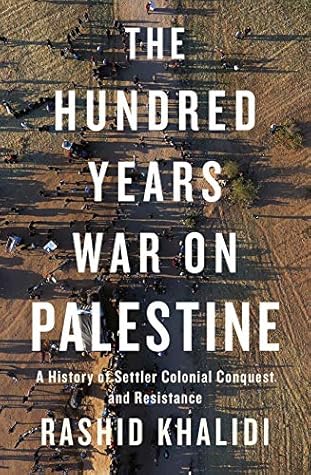More on this book
Community
Kindle Notes & Highlights
In the third paragraph of the Mandate’s preamble, the Jewish people, and only the Jewish people, are described as having a historic connection to Palestine. In the eyes of the drafters, the entire two-thousand-year-old built environment of the country with its villages, shrines, castles, mosques, churches, and monuments dating to the Ottoman, Mameluke, Ayyubid, Crusader, Abbasid, Umayyad, Byzantine, and earlier periods belonged to no people at all, or only to amorphous religious groups.
Infuriated by rebels ambushing their convoys and blowing up their trains, the British resorted to tying Palestinian prisoners to the front of armored cars and locomotives to prevent rebel attack, a tactic they had pioneered in a futile effort to crush resistance of the Irish during their war of independence from 1919 to 1921.
The savage British repression, the death and exile of so many leaders, and the conflict within their ranks left the Palestinians divided, without direction, and with their economy debilitated by the time the revolt was crushed in the summer of 1939. This put the Palestinians in a very weak position to confront the now invigorated Zionist movement, which had gone from strength to strength during the revolt, obtaining lavish amounts of arms and extensive training from the British to help them suppress the uprising.
a cover letter to Wilson, the commissioners presciently warned that “if the American government decided to support the establishment of a Jewish state in Palestine, they are committing the American people to the use of force in that area, since only by force can a Jewish state in Palestine be established or maintained.”
the Zionist movement openly called for turning all of Palestine into a Jewish state: the exact demand was that “Palestine be established as a Jewish Commonwealth.”


